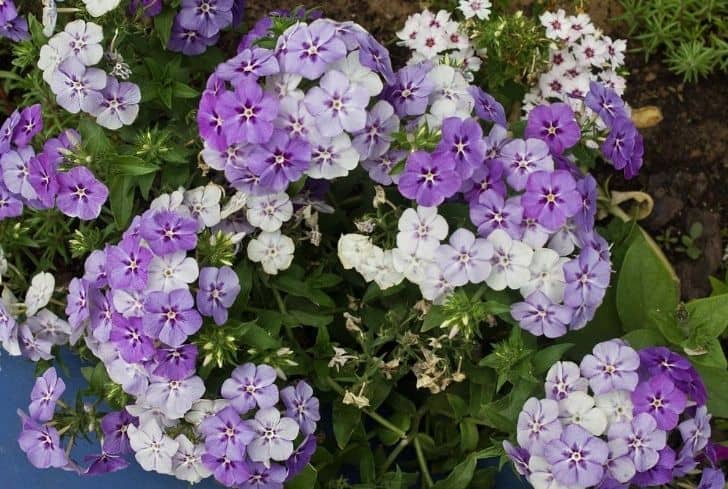The planet Earth is a beautiful place to live in. Thanks to the bountiful sun and vast oceans of water, life has flourished on it. No matter where we go on the planet, stunning plants, flowers, and animals catch our attention. There are two very important aspects of any ecosystem.
Of all the living organisms on the planet, the two most commonly seen by us are plant and animal life. Apart from these two, more life forms abound on the earth but are harder to see with the naked eye. This is why the flora and fauna, i.e., plants and wildlife of the earth, are fascinating to observe and study.
In this technological era, humans interact more with gadgets than ever and are becoming increasingly alienated from the real thing, growing to accept a digital substitute for engagement with nature.
When the vacation period knocks, they make up for that by traveling to exotic locations to trek through untamed trails or just driving to see an army of fearless animals. This is enabled by flora and fauna spread across different parts of the world.
Flora and fauna are words originating from Latin. Flora in Latin means the goddess of the flower, which is also derived from the word floral, meaning “relating to flowers.” Therefore, the flora is a group of indigenous plants in an ecosystem of a geographical region.
The origin of the word “fauna” is a bit shrouded in mystery. According to Roman mythology, Fauna refers to the goddess of fertility and is sometimes referred to as fauns, meaning forest spirits. By definition, fauna is a group of indigenous animals of any geographical region.
So, the term flora and fauna were coined by biologists to refer to a collection of plants and animals specific to a given geographic location. This is why you hear phrases like flora and fauna of India, flora and fauna of Indonesia, and so on.
What is Flora?
Flora is the name given to the collective plant life that grows or once grew in a certain area or during a given period. It usually refers to the native plant life present but also includes new species that have been introduced. Flora and fauna are names derived from the Latin language.
In the language, “Flora” was a goddess of flowers and plants. In Roman mythology, she was the goddess of fertility. And so, the plant kingdom came to be known as Flora. The study of plant life worldwide is very interesting since it leads to different classifications of flora.
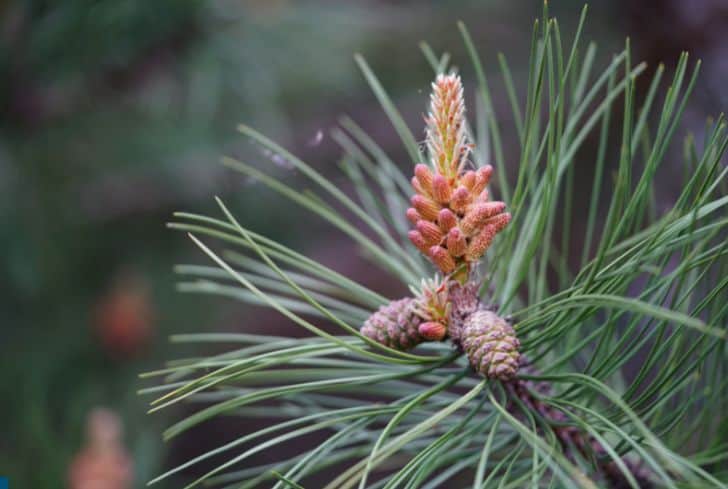
Plant life on the earth can be distinguished from each other in several ways, the simplest being based on region. Plants that grow specifically in the mountains will differ greatly from those that grow in the desert.
Similarly, the plants that have adapted to living underwater are treated as a unique form of flora. Scientists can also study ‘Fossil Flora,’ which comprises plant life discovered in prehistoric times. The current flora and fauna of the earth are also divided based on the environment in which they are grown or seen naturally.
Talking about ‘Native Flora,’ we are referring to the plant life indigenous to a particular region. Cacti are the native flora of deserts all over the world. They can grow in most weather conditions but are native to the sandy dunes of the desert. When we refer to ‘Agricultural Flora,’ we are talking about plant life that humans have grown for a certain purpose.
They may or may not be indigenous, but humans use them for their needs. Similarly, there is ‘Garden Flora’ or ‘Horticultural Flora,’ which are plants grown for decorative purposes. And then we have the ‘Weed Flora,’ which are plants that are either undesirable in certain areas or invasive within the endemic plant life.
What is Fauna?
On the other hand, Fauna is the name given to collective animal life that was once found in a certain area or time period. In Latin, Fauna is derived from three different sources. Fauna was the name of a Roman goddess representing fertility and the earth, and Faunus was another Roman god. And then there were fauns, which were known to be forest spirits.
Both flora and fauna of the earth have been given sub-divisions. Fauna is also distinguished in many different ways. However, these ways are much more complex than floral divisions because animal life has evolved into many forms.
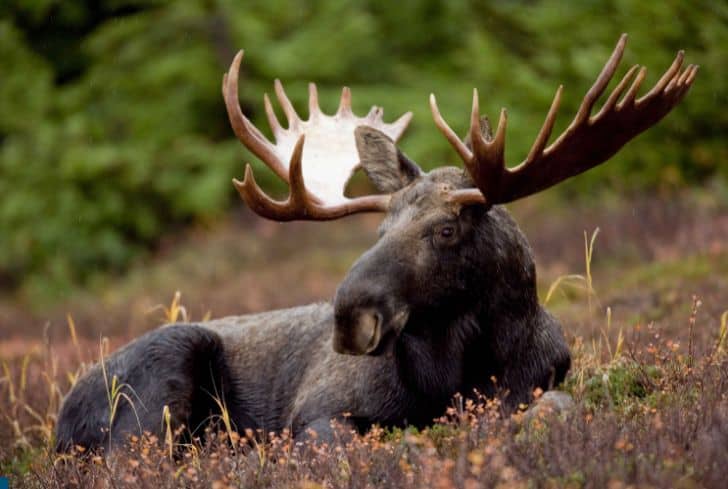
To begin with, the animal kingdom by itself is Fauna. However, within it, we have the ‘Avifauna,’ which refers to the birds, and the ‘Piscifauna,’ which refers to the fish. These are simpler classifications since they do not cover small single-celled organisms such as bacteria and viruses.
They also do not account for the microscopic organisms that abound in nature but cannot be seen by the human eye. Such animal life is known as ‘Microfauna.’ Much of the flora and fauna of the earth are visible, but a very large percentage has yet to be named or even discovered.
This is why classifications such as ‘Cryptofauna’ arise, which refers to extremely rare animals and may even be mythological. There are also ‘Microfauna,’ which refers to extremely small animals, and ‘Megafauna,’ which talks about the large animals we usually see.
Planet Earth has been blessed in more ways than one. We have complex ecological systems that provide us with resources and make the world a more beautiful place to live in. Little of this would be possible without the earth’s diverse flora and fauna.
Importance of Flora and Fauna
Flora and fauna bring out the true beauty of planet Earth and enable humans to experience different benefits, which include:
1. Maintains ecological balance
We all share the same planet, and while nature can exist without us, we cannot exist without nature. The flora generates and releases oxygen, which the fauna needs for respiratory purposes. In return, the fauna produces and releases carbon dioxide, which the flora needs for photosynthesis. It’s a symbiotic kind of relationship.
Similarly, humans cannot get by without flora and fauna. The oxygen that we breathe in comes from the flora, and the carbon dioxide we exhale is vital for the flora.
Even in very small ways, each plant and animal brings something to the environment that another plant or animal, including humans, will rely on. The relationship among every organism creates a balance of life that allows the life cycle to survive.
Also, humans benefit greatly from flora and fauna in terms of food, medicine, and water sources. Our main source of food emanates from plant and animal species. Over 90% of the medicine we use to cure diseases comes from flora. If it were not for the flora, there would be no water, which means existence would be distinct.
We are all connected through a food chain where fauna is significant. Animals maintain equilibrium by predating on plants and other animals that could have otherwise exploded in population. They also enable other rare species of plants and mushrooms to grow by pollinating other plants.
Animal droppings are a source of fertilizer for plants. When animals die, they act as supplemental minerals for plants. Also, microorganisms on the Earth’s surface benefit from abundant food due to animal droppings.
2. Aesthetic value
It’s a no-brainer that humans love and appreciate nature. Because of their aesthetic value, many like to spend time in outdoor settings such as forests, natural areas, parks, and other green spaces.
Humans also love going to areas with water like beaches, lakes, rivers, oceans, and many more, since they give off a pleasing aesthetic value mainly contributed by the spread of flora and fauna.
Statistics tell the story: each year, up to 8 billion people visit beautiful protected sceneries like national parks, recreation areas, indigenous forests, historic sites, wildlife refuges, and wild and scenic rivers to experience the beauty of the landmarks. This further underlines the significance of flora and fauna to our day-to-day lives.
3. Expands local economies
Flora and fauna contribute mightily to most world economies regarding tourism. For example, the flora and fauna of the Amazon attract numerous scientists and explorers. It’s estimated that the Amazon rainforest contributes about 8.2 billion dollars a year to the Brazilian economy.
Exotic vacation locations like the Caribbean, Bahamas, Panama, Indonesia, and so on attract more tourists than any country due to the widespread flora and fauna.
More than an attraction for tourism, flora, and fauna also expand the local economy by providing tons of possible sources of income. Its species are sold for food, decorations, pets, and consumer products.
Examples of Flora
Having learned different categories of Flora above, we can derive some of its examples which include:
Manchineel tree
It’s a flora that falls under the species of flowering plants in the spurge family. It originates in northern South America and southern North America. It bears grapes that can result in rashes if you’re wet.
It’s not advisable to shelter under it when it rains since it produces milk that causes burns and blisters. Also, abstain from eating its fruits as they cause the same effects on your mouth and throat.
Giant redwood trees
We are used to the typical trees growing in our city parks or neighborhoods. Some species of fauna exist that grow to astronomical heights. The Giant Redwood tree is a classic example. This kind of tree is considered the largest and tallest on earth, In fact, one specimen registered well over 350 feet tall. They are listed as endangered by the International Union for Conservation of Nature.
Giant redwood trees are native to the north coast of California, mostly around the Sierra National Forest. The conditions here, which include humid and rainy weather, encourage such astronomical growth.
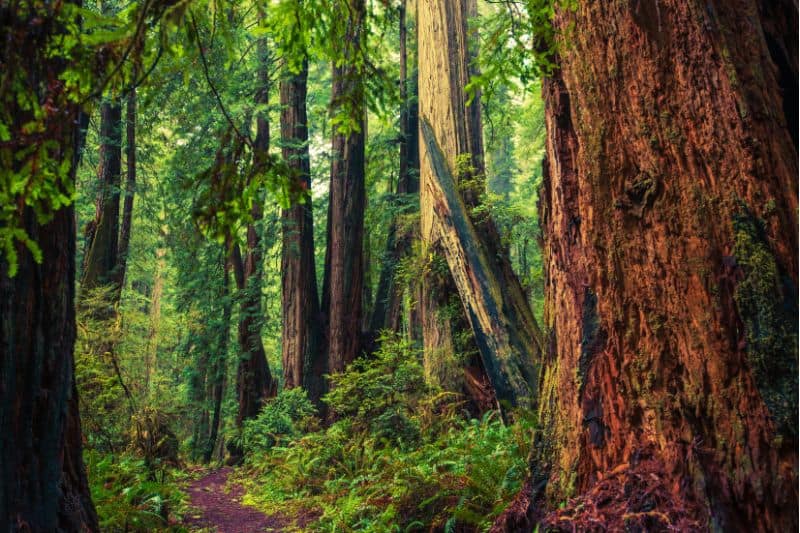
The nature of these tree species’ growth allows roads near the Sequoia National Park to snake through them. The canopy of these trees provides a home for a wide variety of bird species. The forest harbors most animal species.
Nepenthes
Giant redwood and Manchineel trees are photosynthetic, creating food from the sun’s rays. However, other kinds of flora take a more proactive approach to developing their food.
Nepenthe is a typical example. It’s classified under the family of pitcher plants and originates from the jungles of Borneo. These florae have adapted leaves that form a huge pitcher structure.
The pitcher contains a sweet-smelling liquid that attracts insects and even some minute frog species. The insects and frogs drop inside the pitcher, but coming out becomes impossible due to the smooth, slippery sides of the pitcher.
The pitcher also contains digestive juices that immediately begin to act and digest the insects and frogs, enabling the plant to benefit from nutrients, not in the soil.
Welwitschia Mirabilis
Welwitschia Mirabilis is one plant species that don’t do well in the rain. It’s endemic to the Namib Desert within Angola and Namibia on the South-western coast of Africa and thrives in the driest conditions on the planet.
Oddly enough, it only features 2 large leaves that wrap around it, depicting a wilted or dry plant. Its only other parts besides the two leaves are its taproot and basal stem.
Uncurled, its leaves can reach up to 13 feet in length, and its height may reach four to five feet. This species can live for over 1500 years despite its less attractive nature. This is possible due to its characteristic deep root system that can tap underground water even in the driest conditions.
Examples of Fauna
The Animal Kingdom can be classified into different categories as elaborated above, below are some examples which include:
Coral
You might be surprised to see coral in this list. Apart from typical furry mammals such as bears and wolves, aquatic animals like corals, most insects on land, and jellyfish make up the fauna.
Coral reefs are the eye-catching, colorful landscapes beneath the ocean surface. You might think they are plants, but they are animal species constituting the ocean’s fauna.
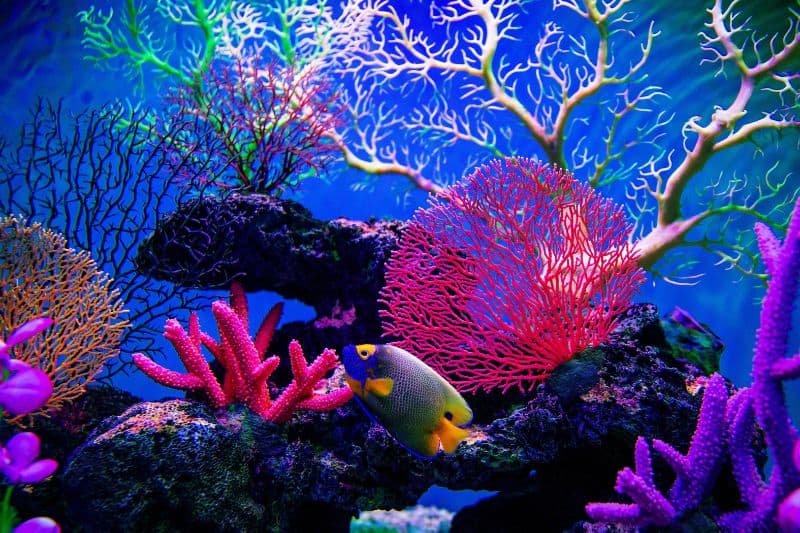
They are immobile animals, so they feed by picking out prey that swims by, for example, zooplankton. Corals are made up of thousands of tiny animals called polyps.
An example of coral is the Great Barrier Reef in Australia, the largest natural coral globally. It harbors thousands of flora and fauna in warm shallow water near the equator.
Southern Toadlet
This animal species features an olive to the dark brown body and is wrapped with many small warts over its body. It also has a black-and-white marbled look around its belly.
The Southern toadlet thrives in damp habitats such as drainage lines, woodlands, scrubland, dry forests, and grassland. This animal species is native to the south-east of South Australia, south Victoria, and eastern Tasmania.
Southern Toadlets are ground dwellers, and they usually walk rather than hop. They can grow up to 35mm in size, and their skin has a warty surface.
Moreover, southern toadlets do not have webbed toes, male toadlets have granular bellies, and female toadlets have smooth bellies. They feed through small invertebrates like moths, flies, and mosquitos and are usually found in dry sclerophyll forests under bark, logs, and leaf litter.
Eltham copper butterfly
It is an endangered species of butterfly. The Eltham area in Victoria supports a greater population of this kind of butterfly. This species was initially discovered near Eltham in 1938. It was later thought to be extinct in the 1950s.
The Eltham Copper butterfly is a small yet glittering species of butterfly, coupled with bright copper colouring above its wings, making it clearly visible in the summer flight season.
Scops Owl and Blue Pigeon
Both birds are endemic to the series of islands found northeast of Madagascar, off the east coast of Africa, Seychelles. The Madagascar scops owl roosts on a branch with dense foliage, which helps them to rest without any endanger from predators during the day, and during the night, they hunt, fly, call, and go about their daily activities.
They occur in three different color morphs, including grey, brown, and rufous. Scops owls feed mainly on moths, beetles, and small vertebrates.
Madagascar blue pigeons are usually perched on tree tops or flying above canopies. They feed primarily on fruits taken from shrubs and trees, as well as bugs and seeds. It grows up to 28 centimetres long and has dark blue upper parts with a silver-grey upper mantle.
There are hundreds of thousands of flora and fauna species across the globe. Flora and fauna bring out the true beauty of planet Earth and enable humans to experience two separate worlds in one. The fact that flora and fauna contribute to a well-balanced ecosystem makes it only natural that we take steps to preserve them to enjoy their benefits to the end of time.
